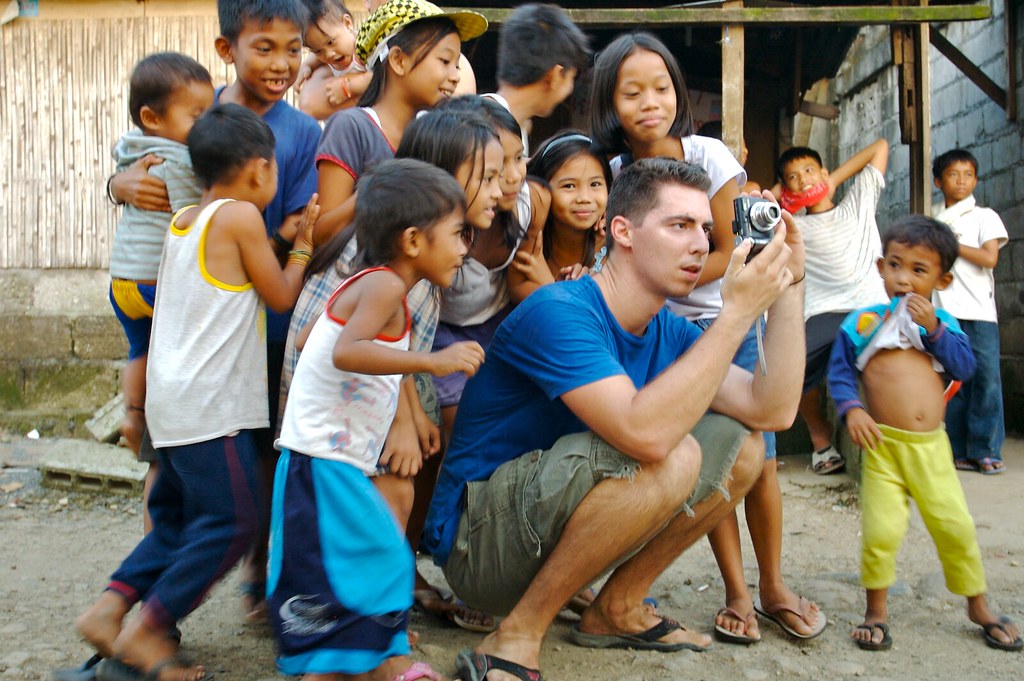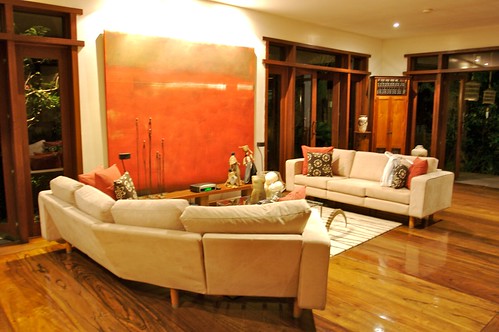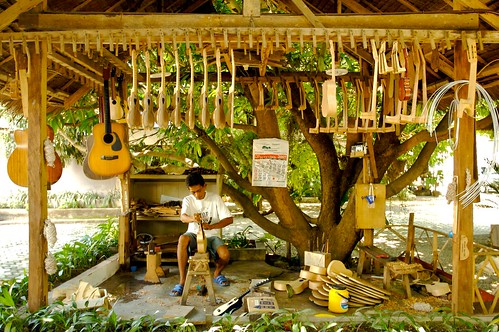When finding yourself riding most bus liners in North America, whether it be by choice or not, a few dreaded thoughts come into mind: Greyhound, cramped, rock-hard seats, cheap, low-end, and "I hope I don't get stuck beside that over-sized person, or someone who is in desperate need of deodorant". In most cases, your left with only two choices: regular or express.
In the Philippines, buses are the most common and affordable way to travel long distances, excluding jeepneys. There are a multitude of choices when it comes down it. From choosing the company, to whether it has air-conditioning, windows, deluxe (includes a restroom and stewardess who serves you a snack and water), and regular or express. The cost of our deluxe trip from Manila to Baguio one-way (express is a 4-5 hour trip with little traffic, regular is a 6-7 hours or more with traffic) costs about 600 pesos (about 14 canadian dollars). Upgrading to deluxe from regular is about 200 pesos more, and as a bonus you get to wait in a separate, air-conditioned room with a television on the second floor. So that's what we did as we happily waited for our bus back to Baguio. We entertained ourselves by perching on the balcony observing the bus depot happenings and people below us.
The ride back was the most comfortable bus ride we've both ever experienced. The seats were wide, extra-padded, with far-reclining backs, and adjustable leg rests that allowed perfect positioning for relaxation and sleeping. I don't think I could ever go back to the regular bus, or worse, a Greyhound bus after this experience.
Note: the picture above is of a regular bus.


















































